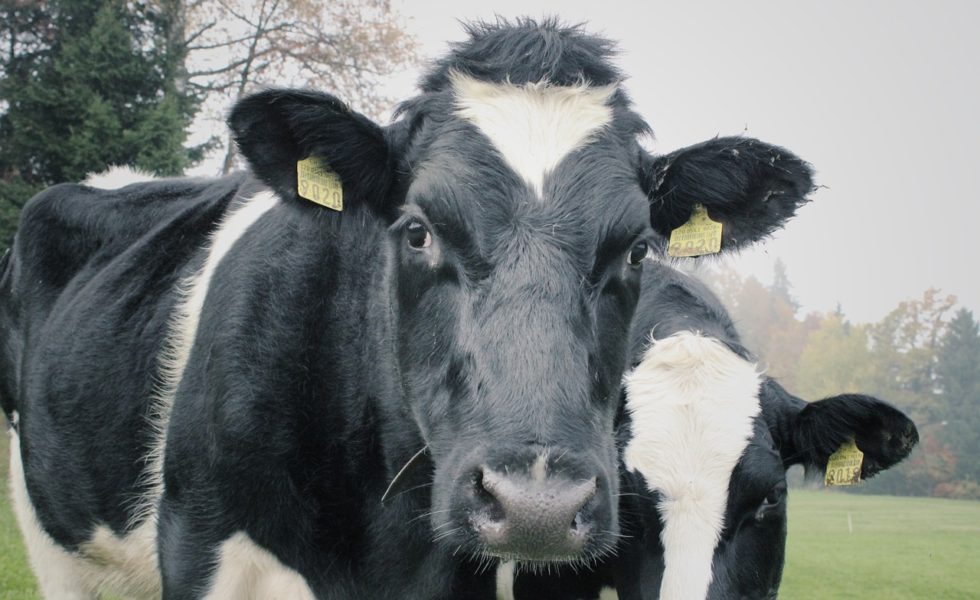The Third Time Might Not Be the Charm
Posted on September 3, 2020

It turns out that the old Chinese curse, “May you live in interesting times,” is neither Chinese nor a curse.
According to multiple sources, the adage’s roots reach back to a late-19th century member of Parliament commenting on how Great Britain’s expanding empire had made for “interesting times.”
True enough for the empire’s builders; not so much for their subjects.
Parallels abound in the powerful reach of today’s corporate empires. For example, Apple Inc.’s share price rose 10 percent, or $172 billion, July 31 on news that the company would offer a 4-for-1 stock split.
The staggering rise is, incredibly, more than two times the U.S. Department of Agriculture’s (USDA) estimated value of the 2020 U.S. corn and soybean crops combined.
Such are today’s interesting times: the expense, sweat, and risk required to grow America’s two biggest field crops this year are but half the value, about $85 billion, of a single corporation’s one-day stock rise.
The “times,” however, aren’t the culprit. American agriculture has been headed in this high yield, low value industrial direction for decades. This year’s pandemic, piled atop unwinnable trade fights and a renewed U.S./China shoving match, just moved up the arrival date.
Two other ag sectors, poultry and pork, are already industrialized and a July 2020 report from USDA’s Economic Research Service (ERS) confirms that a third, dairy, has joined their ranks. According to ERS:
–In 1987, half of all U.S. dairy cows were in herds of 80 or fewer animals; half were in herds of 80 or more cows. In 2017, that mid-point was an incredible 1,300 cows.
–“In 2016, total costs of [milk] production fell steadily as herd size increased, from $33.54/cwt. in the smallest herds (10–49 cows) to $17.16/cwt. in the largest herds (2,000 or more cows).”
–That difference made all the difference. The cost to produce a gallon of milk “in the smallest herds” was about $2.89, or almost twice the cost, $1.48 per gallon, for “the largest herds.” (One cwt., or hundredweight, equals 11.62 gals. of raw milk.)
That wide gap was jet fuel for dairy’s expansion. Since 2002, says ERS, almost every dairy with less than 500 cows has lost money while most dairies with over 500 cows have remained profitable.
As the report makes clear, there is almost no possibility that family-operated dairy farms will survive another generation of today’s rapid industrialization without major changes in dairy policy and large government subsidies. Few, however, are advocating either.
In many ways, it’s now 2002 for grain and soybean growers. Years of rising global competition, improved technology, and fair weather have brought nearly a decade of increased stockpiles, falling prices, and rising government intervention.
Those trends—especially rising government interventions—now appear semi-permanent. Indeed, a July 29 farmdocDAILY post sees this year’s nearly $30 billion in “ad hoc,” government farm payments as a “new plateau” that likely will “then be incorporated into the farm bill safety net.”
It’s happened before, its writers explain. The 1973 Farm Bill devised a target price/deficiency payment scheme that increased annual farm subsides from $1.5 billion a year in the 1970s to nearly $9 billion in the 1980s.
After Freedom to Farm became law in 1996, “average payments… increased to $15.9 billion per year” from 1998 to 2006.
In 2019 and 2020, “…farm payments [are] averaging $23.2 billion. Eighty-four percent were ad hoc…”
The question now, they ask, is are these payments “a statement by policy that market-based farm prosperity remain(s) an attainable aspiration in the near future… [or] an acknowledgement by policy that market-based prosperity is not attainable in the near, perhaps intermediate, future?”
Here’s a more different way to ask the same question: Since increasing the farm payment plateau in the 1970s and 1990s never brought “market-based farm prosperity” either time, why would a third increase work?
Maybe the answer isn’t more money; maybe it’s a different policy.
At least let’s consider it before independent corn and soybean farmers become as endangered as independent hog, chicken, and dairy farmers.
© 2020 ag comm
Share This